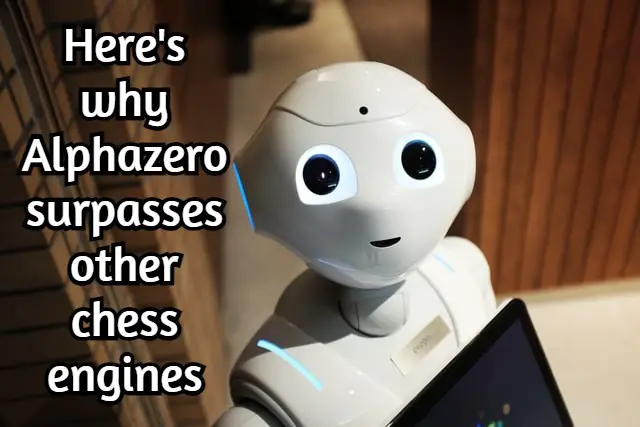

(Stockfish’s next move is a queen leap to h2, gobbling up White’s lone soldier on the h file.) Run this position though many advanced chess engines, and most will tell you that with the sacrificed pieces, AlphaZero is now losing. Mainly, that AlphaZero has already lost one on the g file, and is sacrificing yet another with this jumpy rook move. There’s a lot going on here, but focus on the pawns. As it learned, AlphaZero gradually pieced together its own strategy.

Its programmers merely tuned it with the basic rules of chess and allowed it to play several million games against itself. Instead of deducing the “best” moves with an algorithm designed by outside experts, it learns strategy by itself through an artificial-intelligence technique called machine learning. But AlphaZero is an entirely different machine. On the other side was a new program called AlphaZero (the "zero" meaning no human knowledge in the loop), a chess engine in some ways very much weaker than Stockfish-powering through just 1/100th as many moves per second as its opponent. That algorithm values a delicate balance of factors like pawn positions and the safety of its king. Of these millions of moves, Stockfish picks what it sees as the very best one-with “best” defined by a complex, hand-tuned algorithm co-designed by computer scientists and chess grandmasters. This world-champion program approaches chess like dynamite handles a boulder-with sheer force, churning through 60 million potential moves per second.


 0 kommentar(er)
0 kommentar(er)
